Cherry blossoms (sakura) may be the most popular flower in Japan but they are frequently confused with plum (ume) and peach (momo) blossoms who produce very similar flowers? Learn the difference and how to distinguish between plum, peach and cherry blossoms in this article.
Table of Contents
- How to Tell Apart Plum, Peach and Cherry Blossoms
- Sakura 桜 (Cherry Blossom)
- Ume 梅 (Plum)
- Peach 桃 (Momo)
- Meaning of 「桜梅桃李 oubaitouri」
How to Tell Apart Plum, Peach and Cherry Blossoms

Cherry (桜) trees bloom throughout Japan during spring painting the streets in pink. A fleeting image of beauty and sentiment in which the final gusts of cold dwindle away and warmth returns. Japan’s sakura culture is a strong one, impacting everyday lives with “hanami (flower-viewing)” events, sakura-themed goods, and just overall improving people’s mood. The beauty and gentle light of sakura culture attracts overseas visitors to Japan.
Plum and peach blossoms are quite similar looking to cherry blossoms. They belong to the same Rosaceae family of flowering plants that include strawberry, apple, pears, and roses. There are altogether around 2,500 plant species in the family.
※ Encyclopaedia Britannica, “Cherry” “Plum” “Peach”
The Difference Between Cherry, Plum and Peach Blossoms
So what is the secret to telling apart plum, peach and cherry blossoms? Look at the shape of the blossoms.
Cherry blossom petals have a cleft at the tip of each petal, plum blossoms have round flowers made up of round petals, and peach blossoms have teardrop shaped petals.

Plum / 梅 / Ume

No peduncle, it grows directly attached to the branch. Colours come in white, light pink, and dark almost red pink (these are the easiest to identify as plum blossoms). One flower bud in each node so plum blossoms bloom sparsely and away from each other, which means branches don’t usually bend down from the weight. Round and cute flowers and petals. Blooms the earliest during late winter - mid February.
Peach / 桃 / Momo

Has a very short peduncle with flowers growing close to the branch (not attached like plum blossoms). Two flowers grow together at a node. Flowers are white or soft pink in colour with teardrop shaped petals. Blooms earlier than cherry blossoms - mid March.
Cherry / 桜 / Sakura
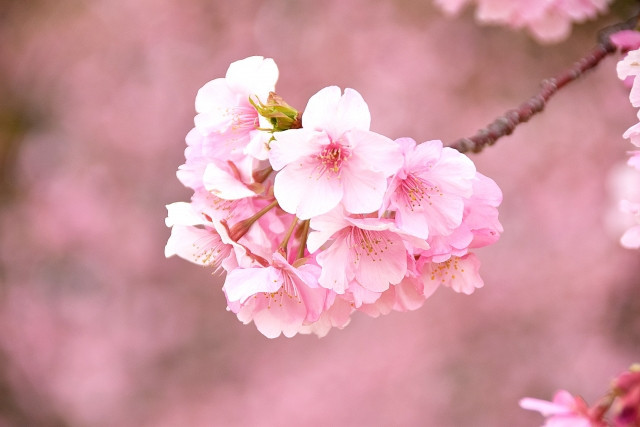
Long flower stalks (peduncles) with flowers that grow together in dense clusters at one node. The weight tends to make branches bend down. Colours come in white and a range of soft pinks. Flower petals have a cleft at the tip, some are not very prominent and may appear as if they have none. Generally blooms the latest - late March onwards, though there are some species that bloom early.
Writer's Pick
Sakura 桜 (Cherry Blossom) in Japanese Culture
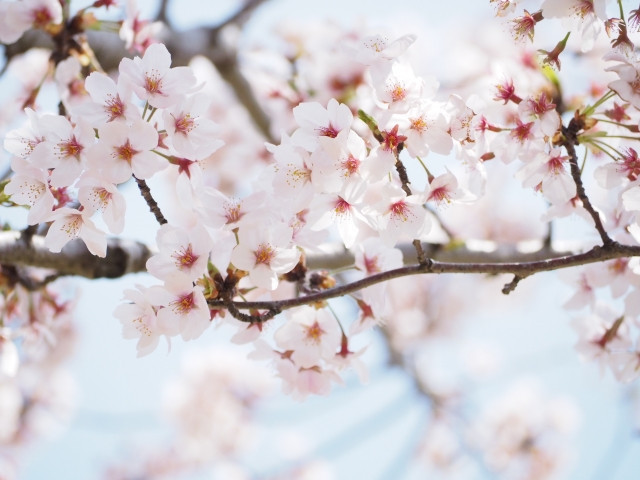
Hanami means “cherry blossom viewing”.
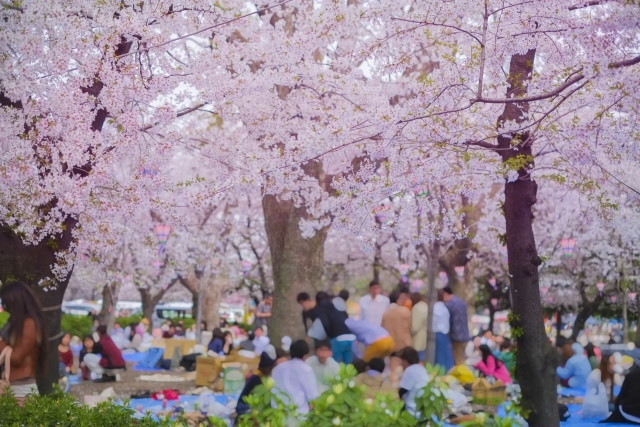
Hanami (花見) directly translates to flower (花 hana) viewing in Japanese, so why is “hanami” not used for other flowers? In Japan, cherry blossoms have been the symbol of spring since the Heian period, and banquets were held to admire their beauty. Since a long time ago, the term “hanami” has been used in specific reference to “viewing cherry blossoms” rather than flowers in general.
When looking at other flowers, people use △△見 (-mi) or 観△△ (kan-) instead. For example, “umemi (梅見)” or “kanbai (観梅)” for “plum blossom viewing”, and “kangiku (観菊)” for “chrysanthemum viewing”.
※ 暮らし歳時記, “花見の歴史”
What does「桜」mean? A Prayer for Good Harvest
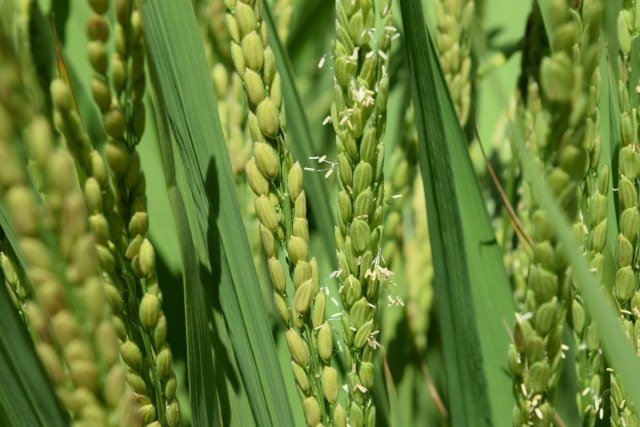
Cherry blossoms are beautiful in their own right, but they also carry great significance to agriculture in Japan with farmers holding hanami as prayers for good harvest. The origins of this custom is the belief that the God of Rice Fields descends from the mountain spring and nestles in the cherry trees. There is also a theory that the “sa” in “sakura” refers to the God of Rice Fields, and “kura” means to settle or sit, so the cherry trees were named “sakura”. Additionally, cherry blossoms were likened to rice plant flowers (稲の花), for predicting the harvest for the year.
※ 暮らし歳時記, “花見の歴史”
Cherry Blossom in the Language of Flowers
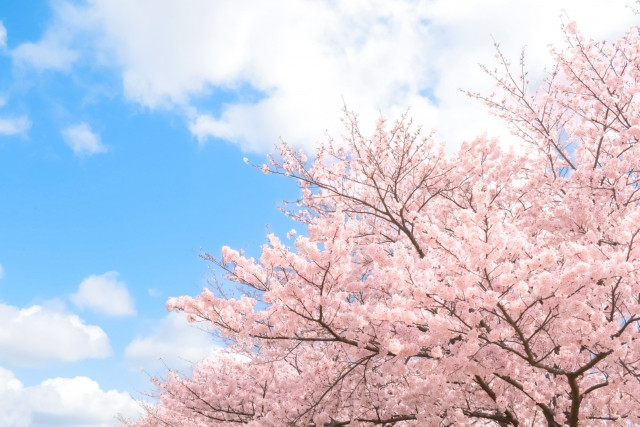
The language of flowers is called “hana kotoba (花言葉)” in Japanese. In the language of flowers, cherry blossoms generally mean “spiritual beauty”, “grace”, and “smiling at you”.
There are many types of cherry blossoms in Japan, each type of sakura also carries a special meaning of its own. For example, somei-yoshino also means “purity” and “outstanding beauty”, while yaezakura with its voluminous petals also means “rich education” and “refined”.
※ Walkerplus, “桜の花言葉、知ってる?種類ごとにも異なる花言葉とその由来や意味を解説”
Ume 梅 (Plum) in Japanese Culture

Umeboshi is a Japanese snack.
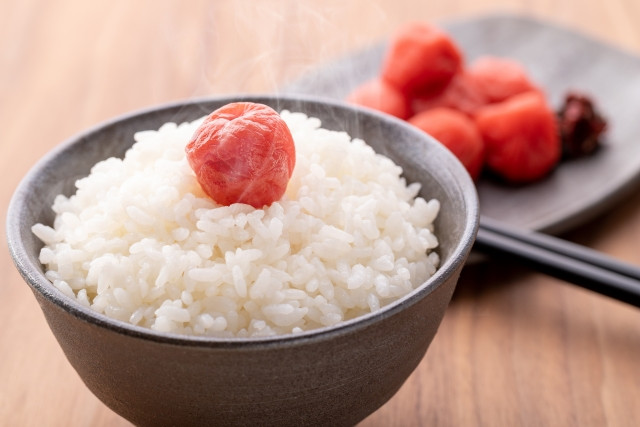
Eating ume as a snack has long stemmed in Japanese history dating back to the Yayoi period. Umeboshi, pickled dried plum, is well-known for its many health benefits including curing fatigue, antioxidant properties, improved bowel movements, etc. so much so that it was used as medication during the Asuka period. Historically, umeboshi and umeboshi mixed food were carried and eaten by samurai as rations. The umeboshi provided fast recovery between battles and staved off hunger and thirst.
Umeboshi can be eaten alone, some people enjoy the extremely sour and salty taste, but also when used in other dishes. For example, umeboshi onigiri (rice balls) and Japanese style pasta (和風パスタ). They are also commonly topped on rice in bento (lunch box) due to their antibacterial properties that prevents spoilage and food poisoning.
※ Nakata Foods, “About Ume”
Umeshu is Japan’s famous plum wine.

Umeshu is one of the most popular types of Japanese alcohol. Umeshu is Japanese plum wine, a type of fruit liqueur called “Kajitsushu (果実酒)” in Japanese. Umeshu is made by macerating fruits with a mixture of alcohol and sugar. During summer in Japan, many people enjoy making their own homemade umeshu, and supermarkets stock up on umeshu making kits and freshly plucked ume.
Significance of “Shouchikubai (松竹梅)”
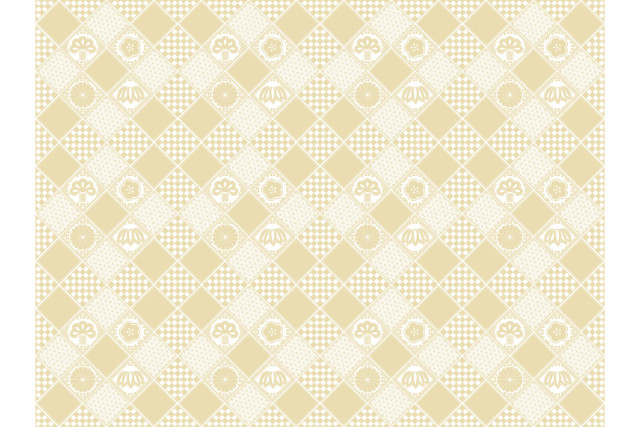
Shouchikubai is the auspicious combination of pine (松 matsu), bamboo (竹 take), and plum (梅 ume), note the different way of reading when kanji are standalone. Shouchikubai represents “birth” and “new life” that is shown by each of the trees’ characteristics. Pine trees and bamboo remain green throughout winter, and plum blossoms signify the end of winter and the beginning of spring. Shouchikubai is a popular fabric pattern for kimonos, and is also a decoration pattern for auspicious occasions.
It is also used to rank the quality of goods. From left to right, pine is the highest rank, bamboo is the high rank, and plum is the average rank. The Shouchikubai ranking is usually used in sushi restaurants.
※ 語源由来辞典, “松竹梅/しょうちくばい”
Ume in the Language of Flowers
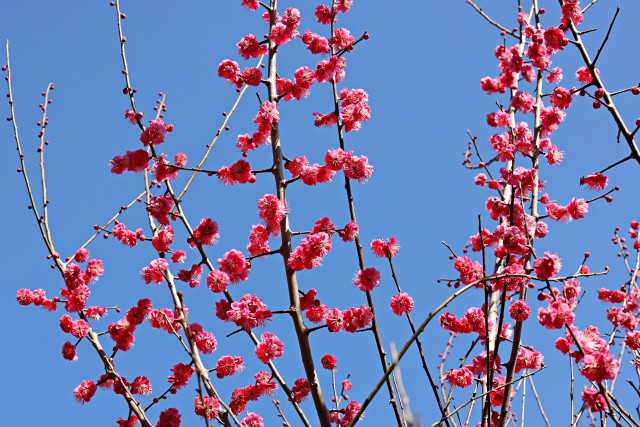
In the language of flowers (hana kotoba), ume means “fidelity”, “noble”, and “perseverance”. The different coloured ume flowers also carry different meanings.
Red and pink plum blossoms mean “elegant” and “graceful”. This is because Heian period authoress of “The Pillow Book”, Sei Shonagon (清少納言) loved them.
White plum blossoms mean “refined” and “sophisticated”. This is because their white colour makes them appear more graceful and elegant than red and pink plum blossoms.
※ GreenSnap, inc., “梅(ウメ)の花言葉”
Peach 桃 (Momo) in Japanese Culture
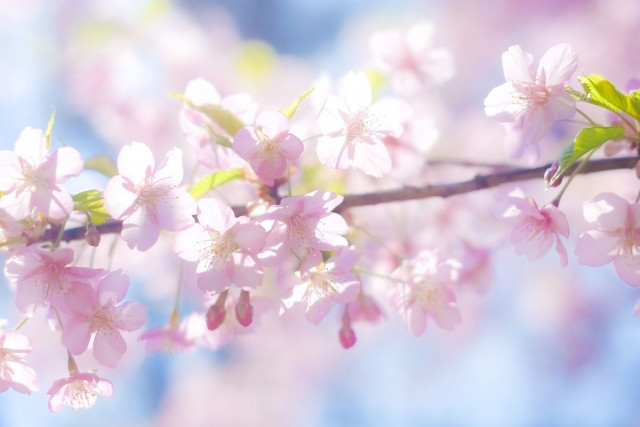
March 3 is the day to celebrate Dolls Festival and Peach Festival.
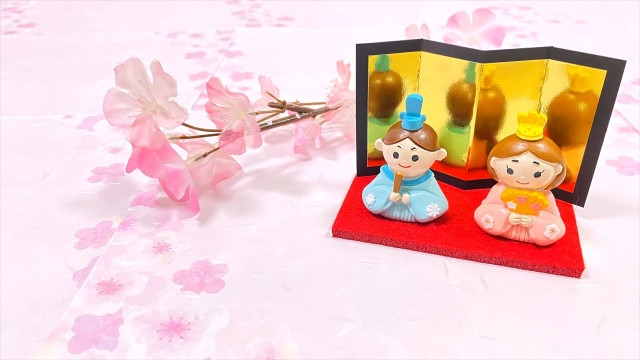
Since the Heian period, March 3 became known as Momo no Sekku (桃の節句), aka Peach Festival, because peach trees blossomed around that time. Peach blossoms are also strongly associated with Japan’s Dolls Festival “Hinamatsuri” which is celebrated on March 3, the same day as the Peach Festival, to pray for the healthy growth of young girls. This is because peach blossoms are considered auspicious bringing good health, fertility, happy marriage blessings, and also ward off evil spirits.
Momotarou is born from a peach.

“Momotarou (桃太郎)” is a famous Japanese children’s storybook about Momotarou, a boy born from a peach. The peach is also a symbol of fertility in Japan. In the story, Momotarou grows up to fight back against the Oni attacking their land. His companions on the journey are a monkey, a dog, and a pheasant. Together, they set out for Onigashima aka Demon Island.
Momo in the Language of Flowers
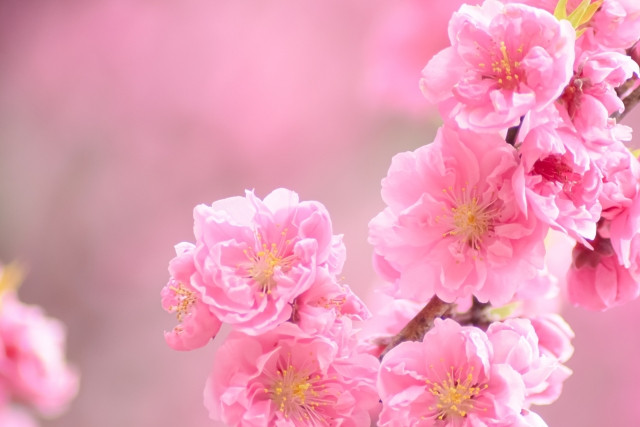
In the language of flowers, peach blossoms mean “I am captivated by you”, “good natured”, “captivated by love”, and “charming”. The origin of these flower languages is that peach flowers have for a long time been a symbol of women.
Although not a flower, the peach fruit also carries its own meaning of “invincible”. In China, the peach fruit represents longevity and is believed to ward off evil spirits.
※ GreenSnap, inc., “梅(ウメ)の花言葉”
To Close, and the Meaning of 「桜梅桃李 oubaitouri」
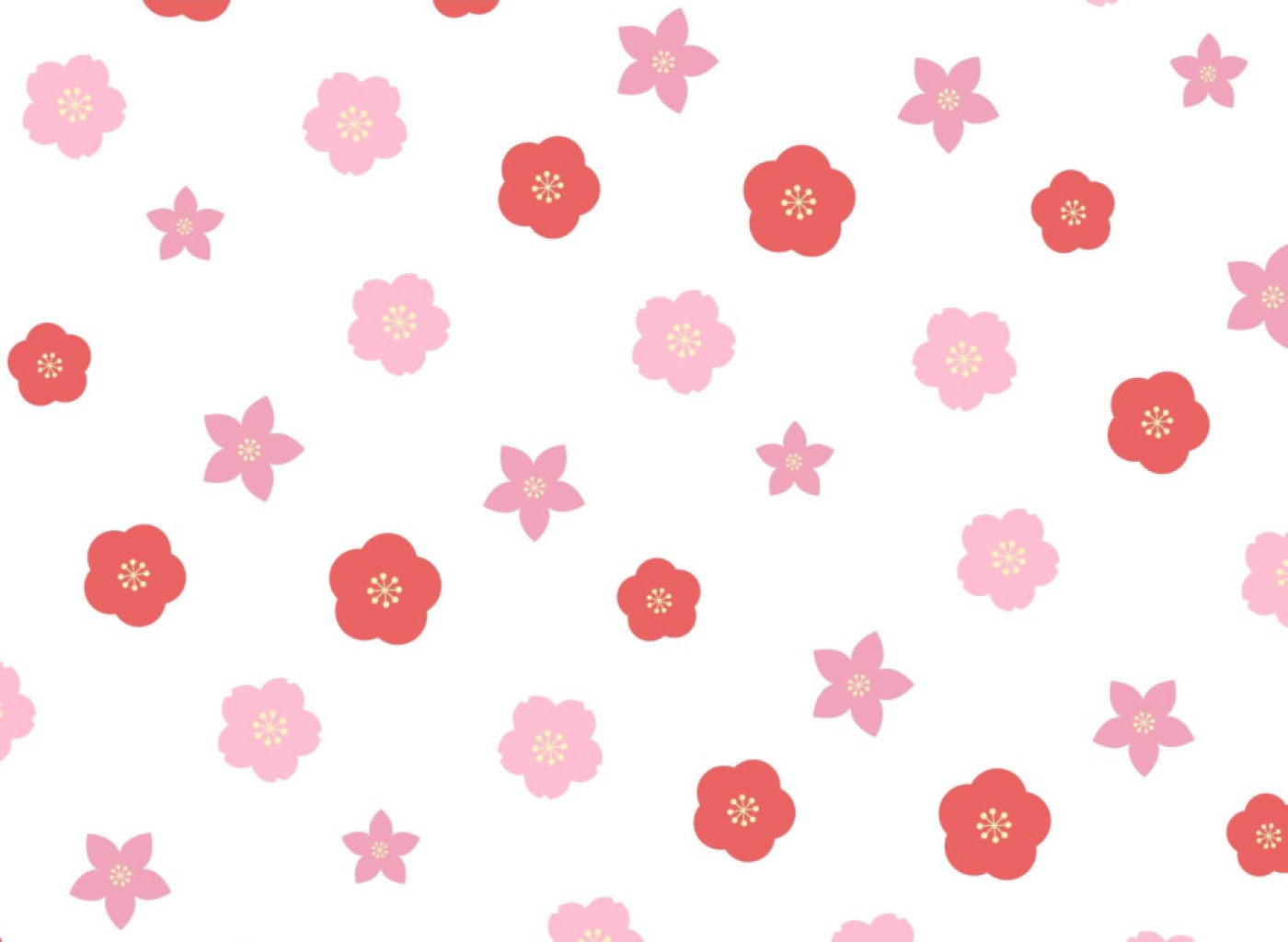
Sakura is the symbol of spring in Japan, but it is not the only flower representing spring. Ume and momo blossoms are just as important in Japanese culture, and now you know the difference between the 3 and what makes each of them special. Before you go, here’s a quick lesson on…
What is 「桜梅桃李 oubaitouri」?
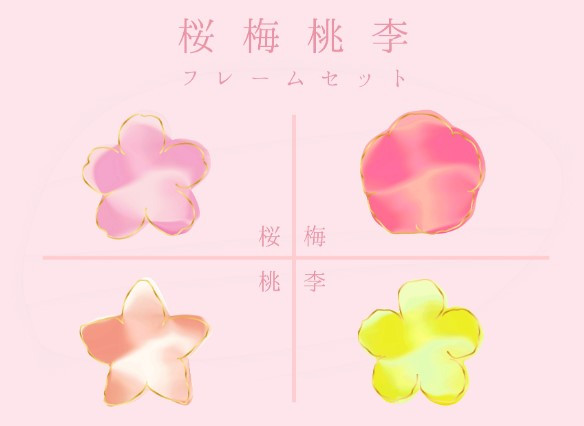
“Oubaitouri” is a saying that is preached by Japanese Buddhist priest and philosopher Great Sage Nichiren (日蓮大聖人) of the Kamakura period. The saying is composed of the kanjis for sakura (桜), ume (梅), momo (桃), and sumomo (李), which is a type of Japanese plum.
自分らしく、個性を活かすことを。
Be yourself, make the most of your individuality.
Oubaitouri is a phrase that preaches how one should embrace one’s own individuality. Many flowers bloom in spring, there’s cherry, plum (梅), peach, plum (李), and each of them are beautiful in their own way as expressed by the saying 「桜梅桃李」.
※ SokaGakkai, “「自分らしく生きる」とは? ~日蓮大聖人のことば~「桜梅桃李」”















.jpg)





 (2).png)















